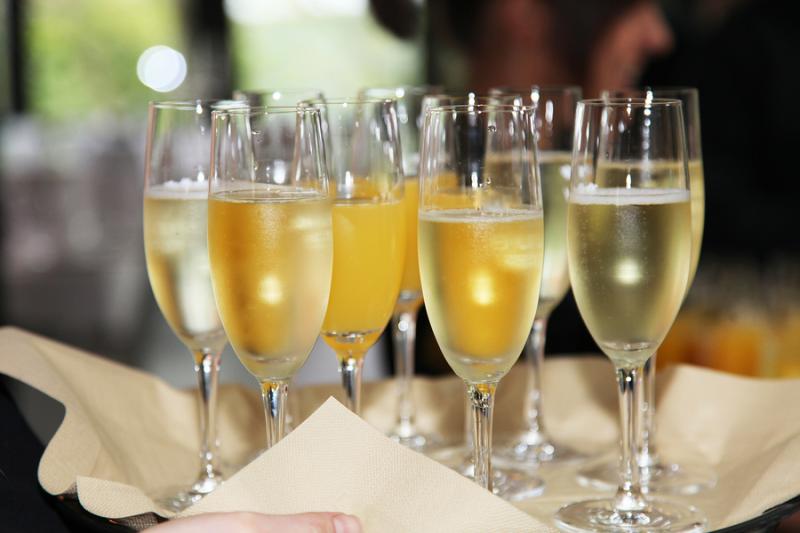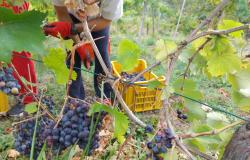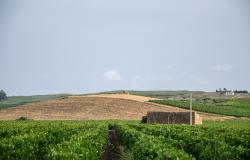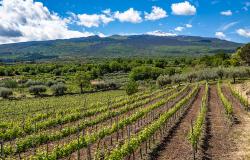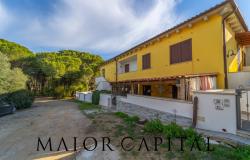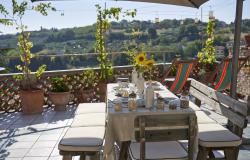Bollicine! Bubbles! A key element of any celebration in Italy, sparkling wines come in many different types and it can be rather confusing to differentiate between all of them. In this two-part guide we get our bottles in a row and have you talking Italian sparkling like a pro.
First things first - lets separate the light fizzy from the proper sparkle.
Frizzante means sparkling but in the world of wine vino frizzante indicates just lightly sparkling wine. According to European Union regulations (which Italy adopts) vino frizzante is sparkling wine with pressure from 1 to 2,5 bars. To put that in layman terms, there is not much risk the cork will fly across the room.
Spumante means froth, and vino spumante is wine with pressure of at least 3 bars with quality spumante starting from at least 3,5 bars. Here you do run the risk of shattering a window if you get too cavalier with your bottle opening techniques.
Spumante, is also where the real action is and what we usually think of when thinking of bubblies. Prosecco, Franciacorta, Moscato D'Asti, are all typically spumante. A great example of a sparkling wine that is often mostly frizzante is Lambrusco , although you can also find Lambrusco that is labelled Lambrusco Spumante (Lambrusco is awesome, by the way!).
With the fizziness level figured out the next issue is typically the production method and the level of sweetness.
There are two main production methods: the Classic (or Champagne method) and the Martinotti-Charmat method. Volumes can be written on the exact differences. The key takeaway is that the Classic method has the bubbles formed in the actual bottle, while the Martinotti-Charmat method has the bubbles forming in bulk tanks. The Classic method was developed in the Champagne region and, of course, they are the only ones that get to use the actual word Champagne while the Martinotti-Charmat method was invented by the Italian Federico Martinotti and adapted by Frenchman Eugene Charmat.
The sweetness is described as:
Pas dose: with no sugar added
Brut Nature: less that 3 grams of sugar per litre
Extra Brut: less the 6 grams per litre
Brut: this is most common version, less that 15 grams of sugar
Extra Dry: from 12 to 20 grams
Dry o secco: from 18 to 35 grams
Demi-sec: from 33 to 50
Dolce o Doux: over 50 grams
So there you have it! You can know tell your frizzante from your spumante and you secco from your dolce. In the next edition we will look into the most well known Bubblies!
Bollicine! Get your Italian bubbles right - Part 1
